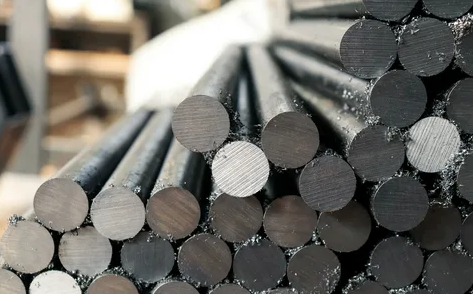S. industries and sectors, has released a new report confirming that Section 232 steel tariffs remain vital to U.
S. national security, industrial sustainability, and defense supply chains as the global steel capacity glut continues. Grow up.
The report highlights the Trump administration's tariffs in 2018 and their expansion to 50 percent through 2025, including refined products, to revive the domestic steel industry, increase investment, and protect strategic sectors without stimulating inflation.
Strengthening domestic capacity and reviving industry
According to the CPA, the 2018 tariffs triggered a wave of investment in the U.
S. steel industry, resulting in 21 million tons of new or expanded production capacity, sustained employment growth in the steel and supply chain industries, and capacity utilization above 80 percent, for the first time in more than a decade.
Steel remains the backbone of U.
S. national defense, providing critical resources for tanks, submarines, armored vehicles, pipelines, and energy infrastructure.
The effectiveness of tariffs is undermined by loopholes
However, between 2019 and 2024, the effectiveness of tariffs weakened due to widespread exclusions, tariff quotas (tariff quotas), and product exclusions. As a result, 72 percent of imported steel entered the United States duty-free, reducing the average effective tariff rate to just four to five






